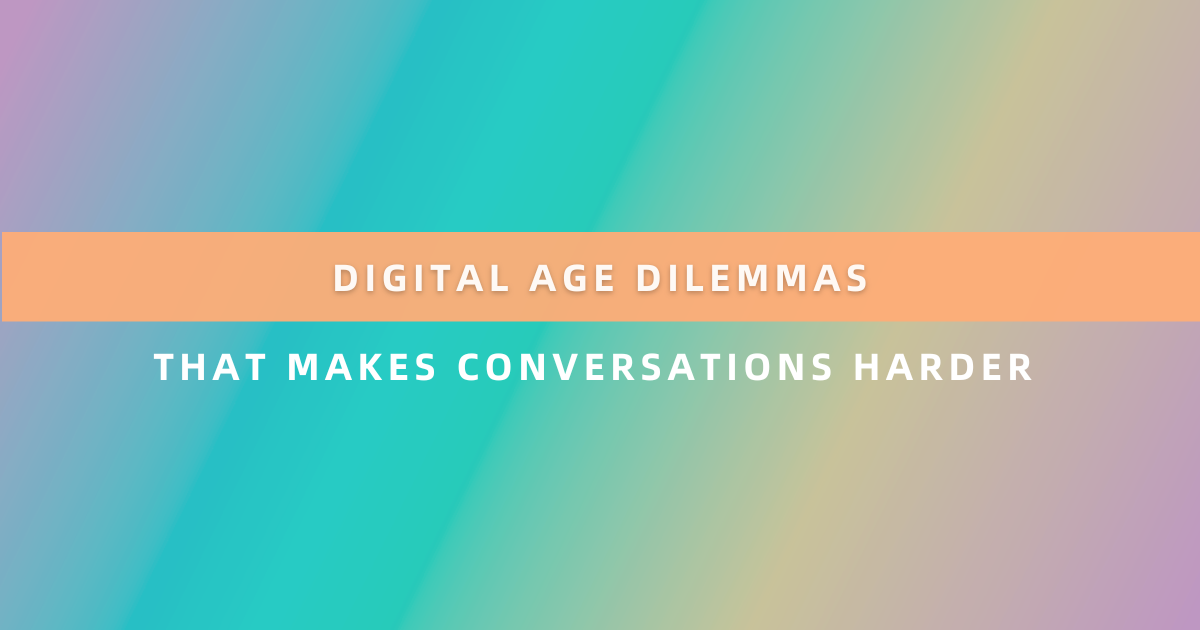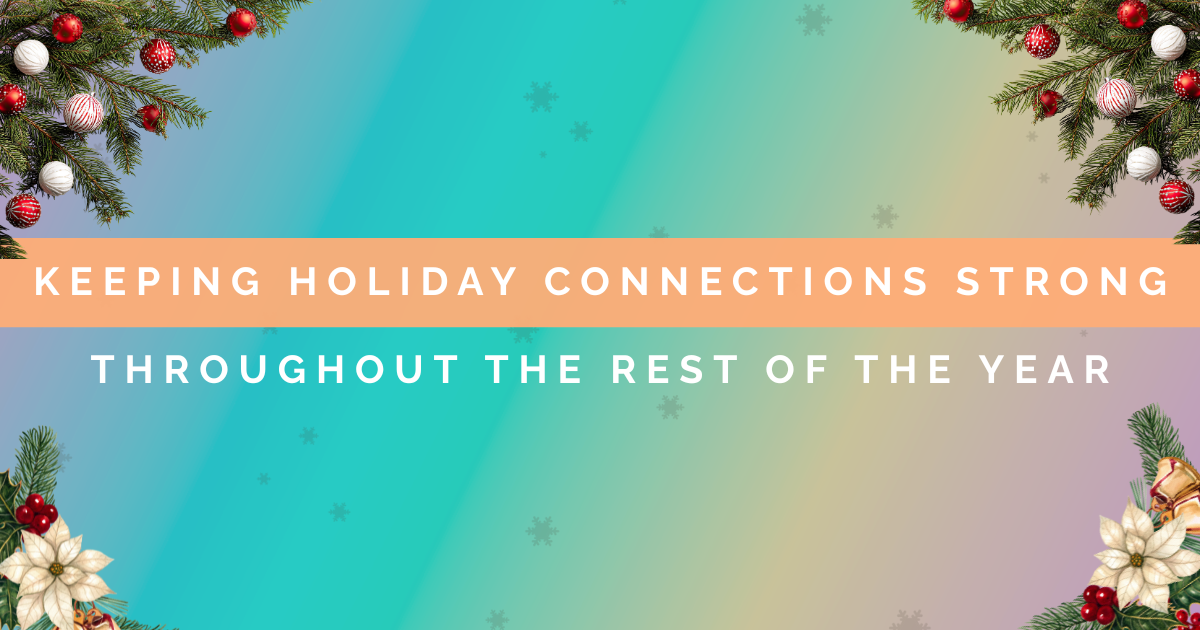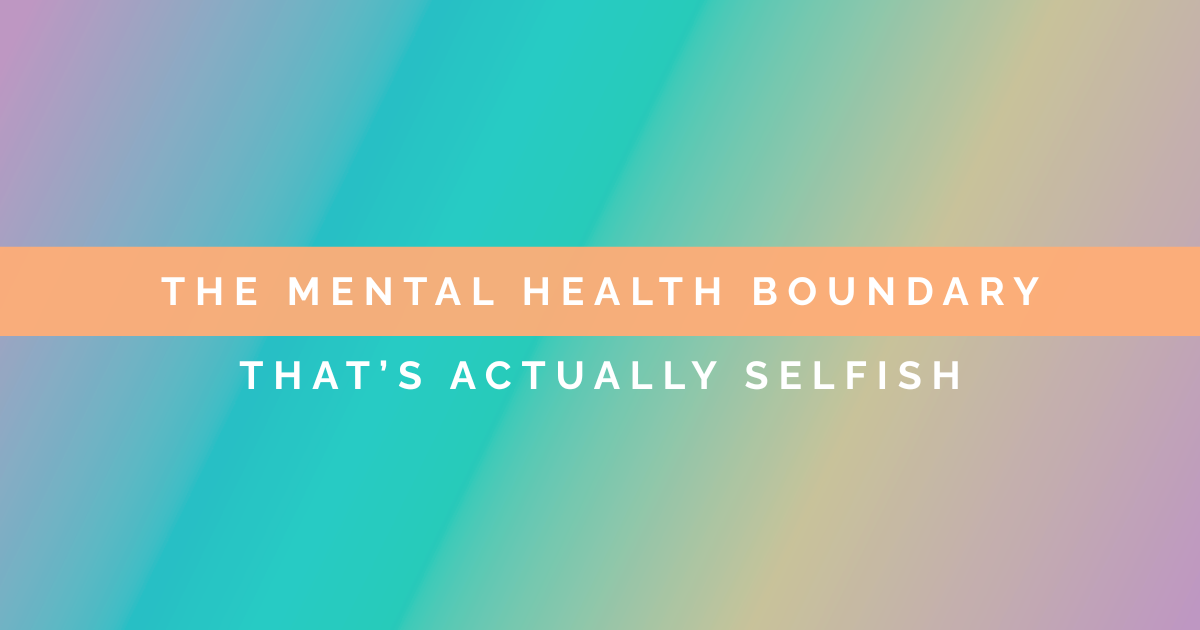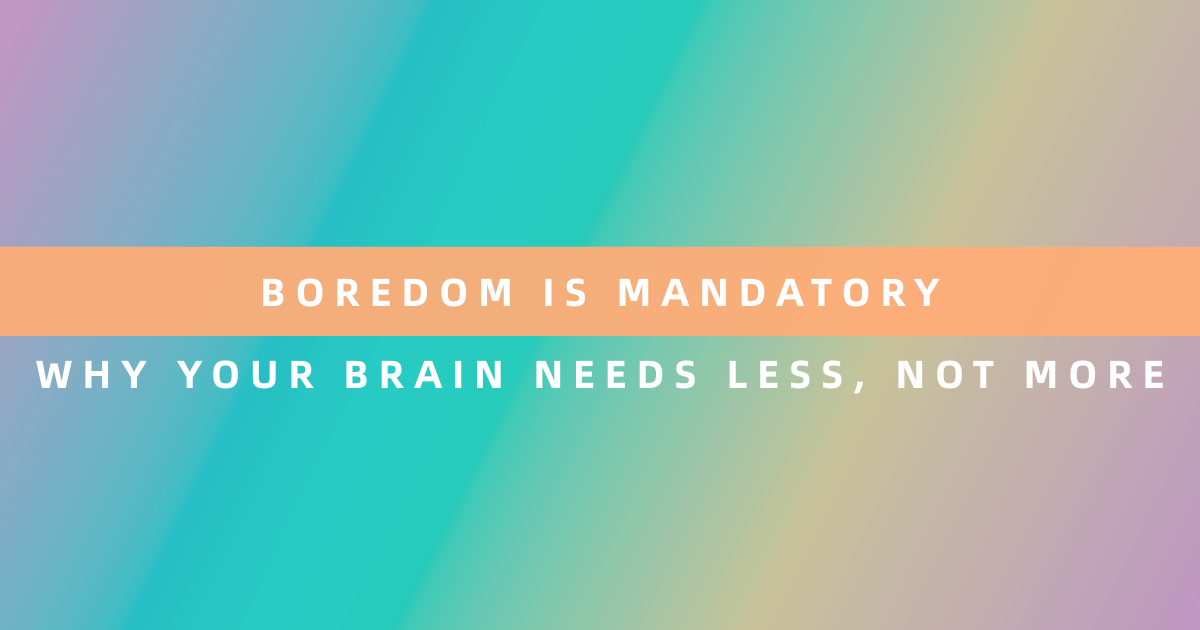The notification arrives like a punch to the gut. Whether it’s a lengthy text dissecting your relationship, an email from your boss with “We need to talk” in the subject line, or a public callout on social media, difficult conversations have become an inescapable part of modern life. What once required face-to-face courage now happens through screens, creating entirely new challenges for meaningful conflict resolution.
The shift from in-person to digital confrontation has fundamentally changed how we navigate disagreements. Without vocal tones, facial expressions, or body language, we’re left interpreting words through our emotional filters. A simple period at the end of a text suddenly feels aggressive. An email’s formal tone reads as cold and distant. Meanwhile, the permanent nature of written words means every difficult conversation can be screenshot, saved, and revisited indefinitely.
This digital transformation of conflict brings both opportunities and pitfalls. While written communication can provide time to craft thoughtful responses and create necessary distance during heated moments, it also opens doors to misunderstandings, public humiliation, and the anxiety of permanent digital records. Understanding how to navigate these digital age dilemmas becomes essential for maintaining relationships and mental health in our connected world.
When Written Communication Helps or Hurts
Written digital communication offers unique advantages during difficult conversations that many people overlook. The ability to pause before responding prevents reactive statements you might immediately regret. You can draft, edit, and refine your thoughts, ensuring clarity and intentionality that spontaneous verbal exchanges often lack. For individuals who process emotions slowly or struggle with real-time confrontation, this buffer provides invaluable space.
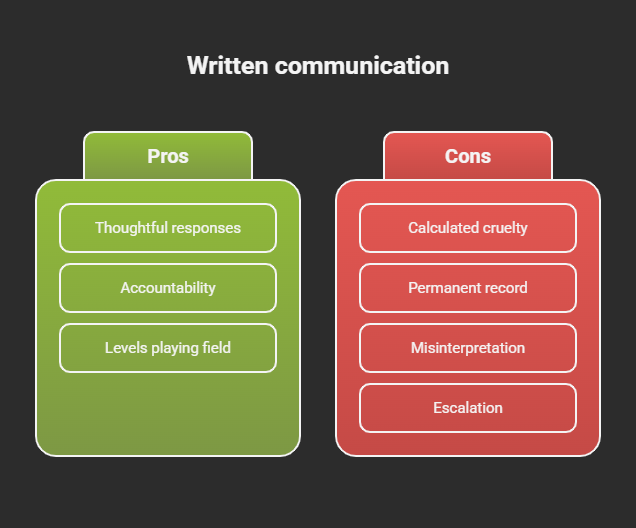
The documented nature of written exchanges creates accountability. No one can claim “I never said that” when the evidence exists in black and white. This clarity helps prevent gaslighting and provides a reference point for both parties to return to. Written communication also levels the playing field for those who might be intimidated by more dominant personalities in face-to-face confrontations.
Yet these same advantages can become weapons. The time to craft messages also allows for calculated cruelty, carefully chosen words designed to wound. The permanence that provides accountability also means hurtful statements live forever, able to be reread and re-experienced long after the conflict ends. The lack of immediate feedback can escalate situations as people fill the silence with worst-case assumptions.
The absence of non-verbal cues removes crucial context. Without these elements, readers project their emotional states onto neutral text. Someone who is already feeling defensive reads an attack where none was intended. Someone feeling guilty perceives an accusation in simple statements of fact.
Managing Digital Tone Misinterpretation
Digital tone misinterpretation has become so common that it’s almost expected. The same message can be perceived as friendly by one person and passive-aggressive by another, depending on their mood, past experiences, and relationship dynamics. This ambiguity creates a minefield where well-intentioned messages explode into unexpected conflicts.
Punctuation carries unexpected weight in digital communication. Periods at the end of short texts read as curt or angry, especially among younger generations. Multiple exclamation points might convey enthusiasm to the sender, but read as aggressive or sarcastic to the receiver. The absence of emojis in typically emoji-heavy relationships signals something’s wrong, while their overuse in serious conversations feels dismissive.
Context collapse compounds the problem. The same person might communicate formally in work emails, casually in texts, and sarcastically on social media. When these different communication styles meet, the tonal shift creates confusion and misunderstanding.
Creating clarity requires intentional overcommunication. State your emotional intention explicitly: “I’m not angry, just trying to understand…” or “This might sound harsh in text, but I’m saying it with care…” Using voice messages or video calls for emotionally complex topics provides tonal context that text alone cannot convey. When staying in written form, read messages aloud before sending to catch unintended tones.
The Screenshot Problem
The screenshot has become the digital age’s double-edged sword. It provides evidence of harmful behavior, protects against gaslighting, and allows people to seek support by sharing difficult exchanges with trusted friends. Yet it also transforms private conversations into potential public ammunition, creating a culture of performative communication where people write not just for their intended recipient but for unknown future audiences.
This screenshot anxiety fundamentally changes how we communicate during conflicts. People either become paralyzed, unable to express authentic emotions for fear of future exposure, or they lean into it, crafting messages designed to make them look good if shared. Neither approach facilitates genuine resolution. The possibility of screenshots turns every difficult conversation into a potential legal document.
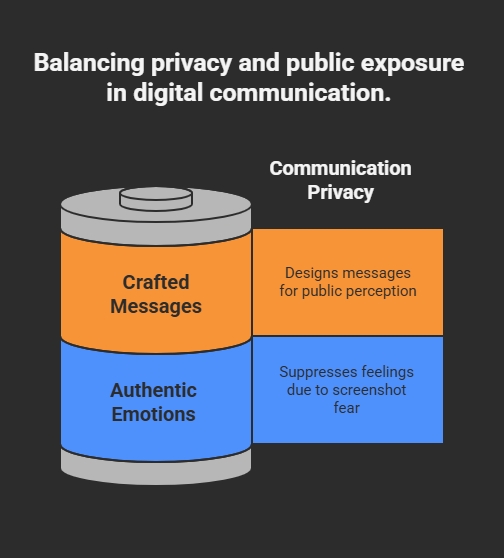
The viral nature of screenshots adds another layer of complexity. What begins as a private disagreement can become public entertainment with a single click. Context gets stripped away, nuance disappears, and complex relationships reduce to whoever looks worse in isolated messages. The court of public opinion rarely considers both sides or the full story.
Consider whether written communication is appropriate for sensitive topics. If you must use digital channels, write as if the conversation could become public, not in a performative way, but with integrity and respect even during disagreement. When receiving screenshots of others’ conversations, resist the urge to judge without context. Remember that you’re seeing a curated moment, not the full relationship dynamic.
Public vs Private Digital Conflicts
The blurring of public and private spaces online has created new arenas for conflict. What once stayed between individuals now plays out on social media feeds, comment sections, and public forums. The audience effect transforms interpersonal conflicts into performances, where winning public sympathy becomes more important than resolving the actual issue.
Public digital conflicts operate by different rules. The presence of an audience escalates emotions and reduces nuance. People dig into positions they might otherwise reconsider because backing down feels like public defeat. Supporters pile on, turning two-person disagreements into mob actions. The original issue gets lost in the spectacle.
The permanence of public conflicts creates lasting damage. Long after the heat of the moment passes, the evidence remains searchable, shareable, and discoverable by future employers, partners, or friends. Young people especially struggle with this, as conflicts from their teens haunt them into adulthood. The internet’s long memory means digital conflicts never truly end.
Creating boundaries between public and private digital spaces becomes essential. Develop clear policies for yourself: which conflicts deserve public attention and which require private resolution? When someone tries to make a private conflict public, you have choices. You can refuse to engage publicly, clearly state that you’re happy to discuss privately, or, if necessary, provide a minimal public response while taking the real conversation offline.
Digital Boundaries After Difficult Conversations
The always-connected nature of digital life makes post-conflict boundaries particularly challenging. After an in-person argument, physical space provides natural separation. Digital conflicts offer no such refuge. The person you’re trying to process feelings about remains accessible through multiple platforms, their updates and activities visible regardless of your emotional readiness to engage.
Establishing digital boundaries requires intentional action. Unfollowing, muting, or blocking aren’t signs of immaturity; they’re tools for emotional regulation. Temporary digital distance allows processing without constant triggers. You can always reconnect when you’re ready, but forcing yourself to maintain digital connections during acute emotional pain serves no one.
The urge to monitor someone’s digital activity after conflict can become compulsive. Checking their social media, analyzing their posts for hidden meanings, or obsessing over their online interactions prevents healing. This digital surveillance keeps you stuck in the conflict rather than moving through it. Consider asking a trusted friend to temporarily change your passwords if the compulsion becomes overwhelming.
Different platforms require different boundary strategies. Professional networks like LinkedIn might necessitate maintaining connections despite personal conflicts. In these cases, adjust your settings to limit visibility without severing connections entirely.
Creating Healthy Digital Communication Patterns
Developing healthy digital communication patterns requires conscious effort and ongoing adjustment. Start by identifying your digital triggers. Do certain platforms consistently generate more conflict? Do specific times of day correlate with poor digital communication choices? Understanding your patterns helps create protective structures.
Implement cooling-off periods before responding to difficult digital messages. The immediate accessibility of digital communication doesn’t mean you must respond immediately. Draft responses without sending, then revisit after emotions settle. Often, the message you send after reflection differs dramatically from your initial reaction.
Choose your channels wisely. Not every platform suits every conversation. Serious relationship discussions deserve private, focused channels rather than platforms designed for public broadcasting. Work conflicts belong in professional channels with appropriate documentation. Matching the medium to the message prevents unnecessary escalation.
Create templates for common, difficult digital conversations. Having pre-written frameworks for setting boundaries, addressing conflicts, or expressing needs helps maintain clarity during emotional moments. Adapt these templates to specific situations while maintaining their core structure and tone.
Building Digital Resilience
Digital resilience doesn’t mean becoming immune to online conflicts; it means developing sustainable strategies for navigating them. This includes both technical skills and emotional capabilities. Learning to use privacy settings, understanding platform dynamics, and knowing when to engage versus disengage are as important as emotional regulation skills.
Regular digital detoxes provide perspective and reset unhealthy patterns. These don’t require complete disconnection but rather intentional breaks from platforms that consistently generate conflict. Use these breaks to reconnect with in-person relationships and remember that digital conflicts, while real, exist within limited contexts.
Cultivate digital communities that model healthy conflict resolution. Surrounding yourself with people who communicate respectfully, even during disagreements, provides both support and examples to follow. These communities become refugees during difficult times, and a reminder that healthy digital communication is possible.
The Potential Role of AI in Digital Conflict Resolution
Artificial intelligence tools increasingly offer support for navigating digital conflicts. AI can help analyze message tone before sending, suggest more constructive phrasing, or provide objective perspectives on whether a message might be misinterpreted. These tools act as emotional editors, catching potentially problematic communication before it causes damage.
AI-powered journaling platforms provide private spaces to process digital conflicts without the risk of screenshot exposure. You can explore your feelings, draft responses, and work through emotions without fear of public judgment. The AI offers reflections and insights that help identify patterns in digital communication struggles.
For those learning to navigate digital boundaries, AI tools can provide accountability and support. They can remind you to implement cooling-off periods, suggest when to move conversations to different mediums, or help track how different digital communication strategies affect your well-being. This data-driven approach helps identify what works versus what just feels good in the moment.
Moving Forward in the Digital Age
The digital transformation of difficult conversations isn’t reversing. If anything, new platforms and technologies will create additional challenges we haven’t yet imagined. Developing skills for digital conflict resolution becomes as essential as any other life skill in our connected world.
The goal isn’t to avoid all digital conflicts but to navigate them with intention, integrity, and wisdom. Each challenging digital conversation offers an opportunity to refine your approach, strengthen your boundaries, and deepen your understanding of healthy communication in the digital age.
Ready to transform how you handle digital conflicts? Theryo’s AI-enhanced platform helps you process difficult digital conversations, develop healthy boundaries, and build resilient communication patterns. Navigate the digital age with confidence and clarity. Start your journey to healthier digital relationships today.
Frequently Asked Questions
When should I move a digital conversation to phone or in-person?
Move conversations offline when emotions escalate, misunderstandings multiply, or the topic requires nuance that text can’t convey. If you’re spending more time clarifying what you meant than discussing the actual issue, it’s time for a different medium. Serious relationship decisions, work performance discussions, or conflicts involving multiple people often resolve better with vocal or visual cues.
How can I tell if my message might be misinterpreted?
Read your message aloud in different emotional tones like angry, sad, and sarcastic. If it could reasonably be interpreted negatively, add clarifying context. Consider your relationship with the recipient and their current state of mind. When in doubt, explicitly state your emotional intention or add warming elements like emojis or exclamation points where appropriate.
Is it okay to block someone after a digital argument?
Blocking is a valid boundary-setting tool, especially when someone becomes abusive or you need space to heal. It’s not immature or cruel to protect your mental health. Consider whether the block is temporary for processing or permanent for protection. You can always communicate your intention to take space before blocking if the relationship warrants it.
How do I handle someone sharing screenshots of our private conversation?
First, take a breath and resist immediate retaliation. Consider whether a response is necessary. If you must respond, keep it brief and factual. Focus on your behavior rather than attacking theirs. Learn from the experience and adjust future communication accordingly. Remember that those who judge based on out-of-context screenshots often aren’t worth your energy.
What’s the best way to apologize digitally?
Digital apologies should be specific, acknowledge the harm caused, and avoid deflecting blame. Don’t hide behind the medium; be as genuine as you would in person. Consider the recipient’s preferred communication style. Some people appreciate detailed written apologies they can process privately, while others need to hear your voice. Avoid public apologies unless the original harm was public.
How long should I wait before responding to a heated message?
The 24-hour rule works well for many people, but adjust based on the situation. Emergency issues require faster response, while complex emotional topics benefit from longer reflection. At minimum, wait until you can respond rather than react. If the sender pressures for an immediate response, it’s okay to say, “I need time to think about this properly.”
Should I save evidence of digital harassment or conflicts?
Document harassment, threats, or patterns of problematic behavior for your protection. Save screenshots with full context, including dates and times. However, avoid obsessively saving every minor disagreement; this keeps you stuck in a conflict mindset. Store evidence securely and separately from your daily digital life so you’re not constantly reminded of it.
How do I set digital boundaries with someone I have to stay connected to?
Use platform tools like muting, limiting visibility, or creating filtered friend lists. Communicate your boundaries clearly: “I need to limit our digital interaction to work-related topics only,” or “I’ll check messages once daily rather than responding immediately.” Consider using separate accounts for different life areas if necessary.
What if someone won’t stop contacting me digitally after I’ve asked for space?
Document their continued contact after you’ve requested they stop. Use increasingly firm boundaries: first mute, then block if necessary. If harassment continues across platforms or creates safety concerns, consider involving authorities. Don’t feel guilty for protecting your peace. Someone who won’t respect stated boundaries is showing you who they are.
How can I support a friend going through a digital conflict without taking sides?
Listen without immediately offering solutions or judgments. Avoid asking to see screenshots unless they offer. Remind them that digital conflicts feel intense but often look different with perspective. Encourage healthy boundaries and self-care. If they’re stuck in cycles of checking the other person’s profiles or ruminating, gently redirect to offline activities.
When is it appropriate to make a private digital conflict public?
Generally, private conflicts should stay private. Exceptions include patterns of abuse that put others at risk, situations requiring community accountability, or when someone makes false public statements about you that require correction. Even then, consider whether public exposure serves healing and justice or just revenge. When possible, seek advice from trusted friends before going public.
How do I rebuild digital trust after a major conflict?
Rebuilding digital trust takes time and consistent behavior. Start with agreed-upon communication boundaries. Be transparent about your digital actions that might affect them. Follow through on digital promises. If you say you won’t check their social media, don’t. Consider sharing passwords or providing reassurances if appropriate. Remember that rebuilt trust often looks different than original trust, and that’s okay.


